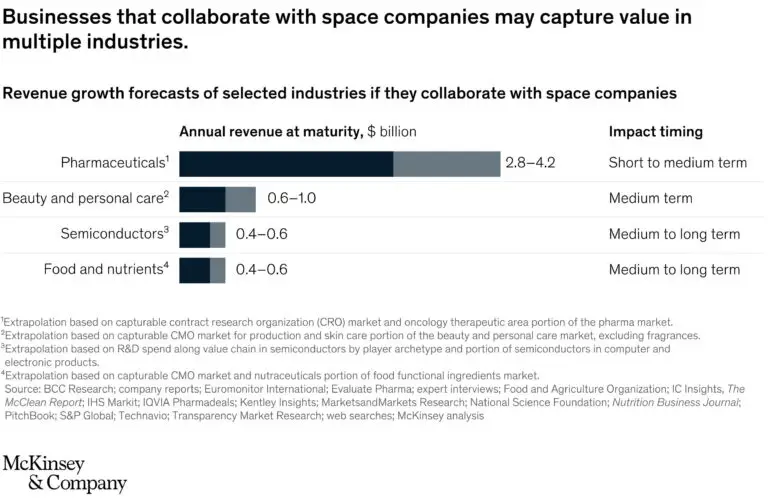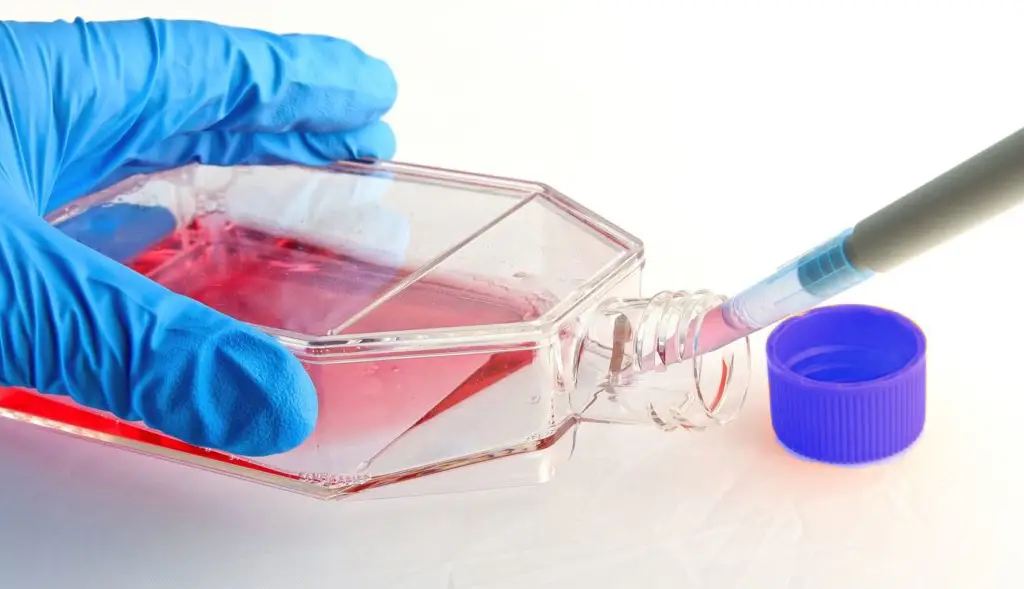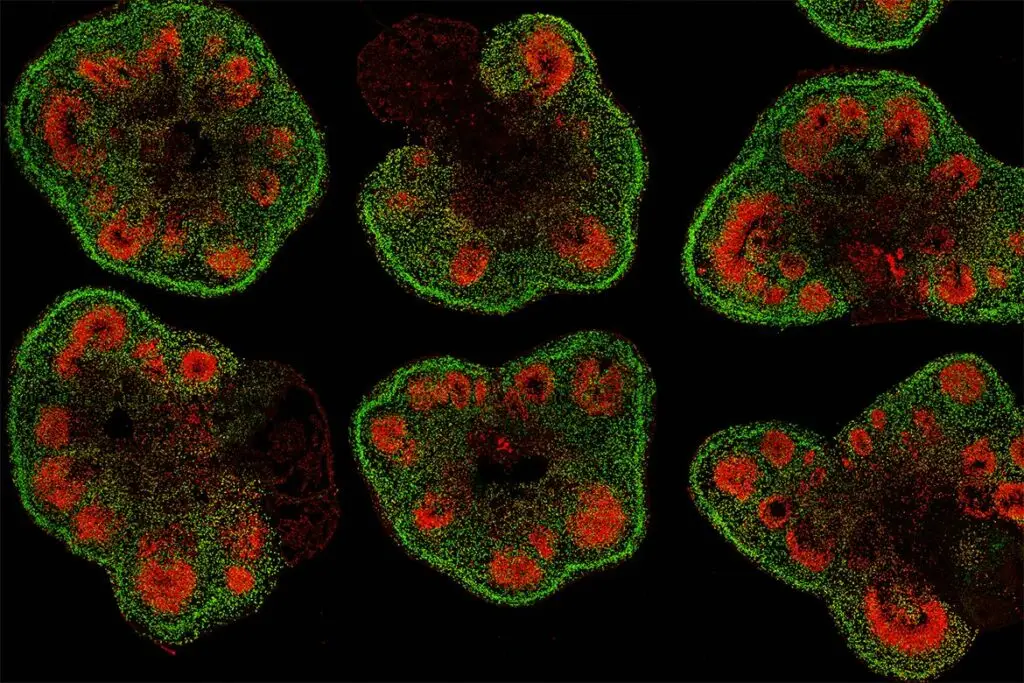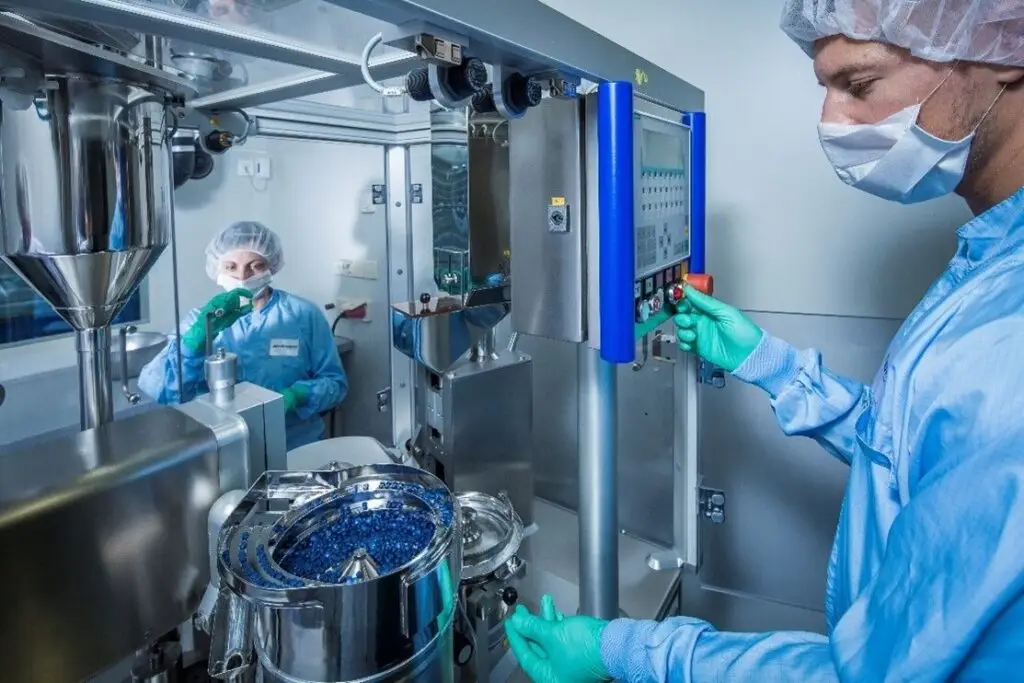In-orbit Manufacturing
For Industry

Pharmaceuticals
The pharmaceutical industry invests significantly in research and development (R&D), with annual expenditures of approximately $280 billion, and an additional $80 billion directed towards contract research organizations (CROs) that conduct clinical trials. There is potential for space companies to attract a portion of this investment by enhancing innovation returns, increasing development success rates for new compounds, or shortening product development timelines. Here are several promising areas where space-based research could make an impact:


Cell Cultures: On Earth, cell cultures follow well-understood growth patterns, which are crucial for predicting disease models. In the unique conditions of space, these patterns may alter, offering fresh insights into cellular behavior and disease progression. Changes induced by space radiation on gene expression and growth could be particularly revealing.
2. Organoids: Currently, organoids—simplified and miniaturized versions of organs that mimic real human tissue—are developed in labs through complex, resource-heavy methods that rely on scaffolds to support three-dimensional growth. However, recent space missions have successfully grown organoids to higher maturity levels without the need for scaffolds, suggesting other potential breakthroughs in organoid production under zero gravity conditions.


3. Direct Drug Research: Focusing on oncology drugs, which represent a major segment of the pharmaceutical market, space-based R&D could significantly improve the development process. Many oncology drugs fail during development, leading to a high risk-return ratio. By leveraging the unique environment of space for drug development, companies could potentially achieve higher success rates, faster development cycles, and discover new drug targets, thereby distinguishing their products from existing ones. Early estimates suggest that developing a novel oncology drug through space-based methods could result in a net present value of approximately $1.2 billion.
Beauty and personal care
In the beauty and personal-care industry, skincare has rapidly become a highly promising sector, projected to constitute over 34 percent of the industry’s revenues by 2025, translating to about $208 billion. Historically, R&D investment in skincare has been modest, but with growing consumer demand for scientifically-backed products, this trend is likely to shift upward.
Two key areas are particularly noteworthy within skincare. First, the premium skincare segment is on a robust growth trajectory, with an estimated compound annual growth rate (CAGR) of 13 percent through 2024, poised to reach a market value of $93 billion by 2025. This compares favorably to the slower 3 percent growth rate of mass-market products. The unique conditions of space, such as increased radiation that can simulate accelerated aging, offer novel research opportunities that could yield significant breakthroughs in understanding skin aging. Discoveries made under these extreme conditions are likely to resonate well with consumers seeking products with proven effectiveness, providing a strong marketing advantage.
The second area focuses on the production of active ingredients like vitamins and retinol, which are crucial for the efficacy of skincare products. Currently, this sector invests about $460 million annually in R&D, with a projected CAGR of 19 percent, expecting to generate around $1.5 billion by 2025. Space-based R&D offers unique benefits for the development and production of these ingredients. In microgravity, reduced sedimentation rates and buoyancy effects facilitate the blending of complex ingredients, such as those found in yeast extracts. Preliminary studies have shown that yeast grown in space exhibits higher growth rates and metabolic activity, potentially enhancing the effectiveness of skincare products developed with these ingredients.
Food and nutrients
The human-nutrition industry accounts for about $10 trillion in value. Within this segment, nutraceuticals—any food-derived product that has health benefits in addition to basic nutrition—are expected to represent $17 billion in value by 2025.
Probiotics—foods containing live bacteria and yeast with health benefits—are particularly popular within the nutraceuticals category and may be a good target for commercial activities in space. They are gaining popularity thanks to increased consumer interest in health and wellness issues, including those related to the immune system. The R&D intensity of probiotics is among the highest in the food ingredient industry. They represent about 30 percent of overall nutraceutical R&D spending.
Space-based R&D could help companies discover and develop new probiotics—routinely in demand from consumers—since the growth and metabolic expression of these products may differ in space. Space experiments might, for instance, help scientists better understand environmental influences on probiotics and increase the efficacy of probiotic products. Research suggests that consumers may be willing to pay a premium for innovative probiotics and that the discovery of a novel probiotic strain with health benefits could generate $100 million or more in commercial value.
Another potential use case involves the production of probiotics. As with beauty products, researchers may find that space provides a favorable environment for culturing and harvesting certain microbes, such as lactobacillus strains, found in probiotics. Microbes may, for example, grow more rapidly in suspension in space, given the lack of shearing effects in bioreactors.
Semiconductors
Semiconductors are a major global market, projected to reach approximately $725 billion in sales by 2025, with research spending anticipated to be around $90 billion. One innovative approach under consideration is semiconductor fabrication in space, which could potentially reduce gravity-related defects—such as contaminants settling on chips—thus enhancing production quality. Although current semiconductor yields are impressively high at 97 to 99 percent due to stringent clean room standards, space offers unique advantages.
The most significant of these advantages could be the natural vacuum of space, which might enable advanced thin-layering techniques that are not possible on Earth due to atmospheric gases. This could allow for the creation of even smaller semiconductor structures, significantly advancing the technology.
Already, steps are being taken towards this future. In 2020, a company received a NASA grant to explore autonomous, high-throughput semiconductor manufacturing in orbit, aiming to produce high-quality chips more cost-effectively. However, extensive challenges remain, including the logistical difficulty of transporting heavy manufacturing equipment to space. It may be a decade or more before space-based semiconductor manufacturing becomes feasible on a large scale.
Additionally, manufacturing semiconductors in space could offer environmental benefits. The process on Earth is resource-intensive, requiring substantial amounts of energy. Utilizing solar power in space could decrease these resource demands, potentially reducing costs and enhancing sustainability.
